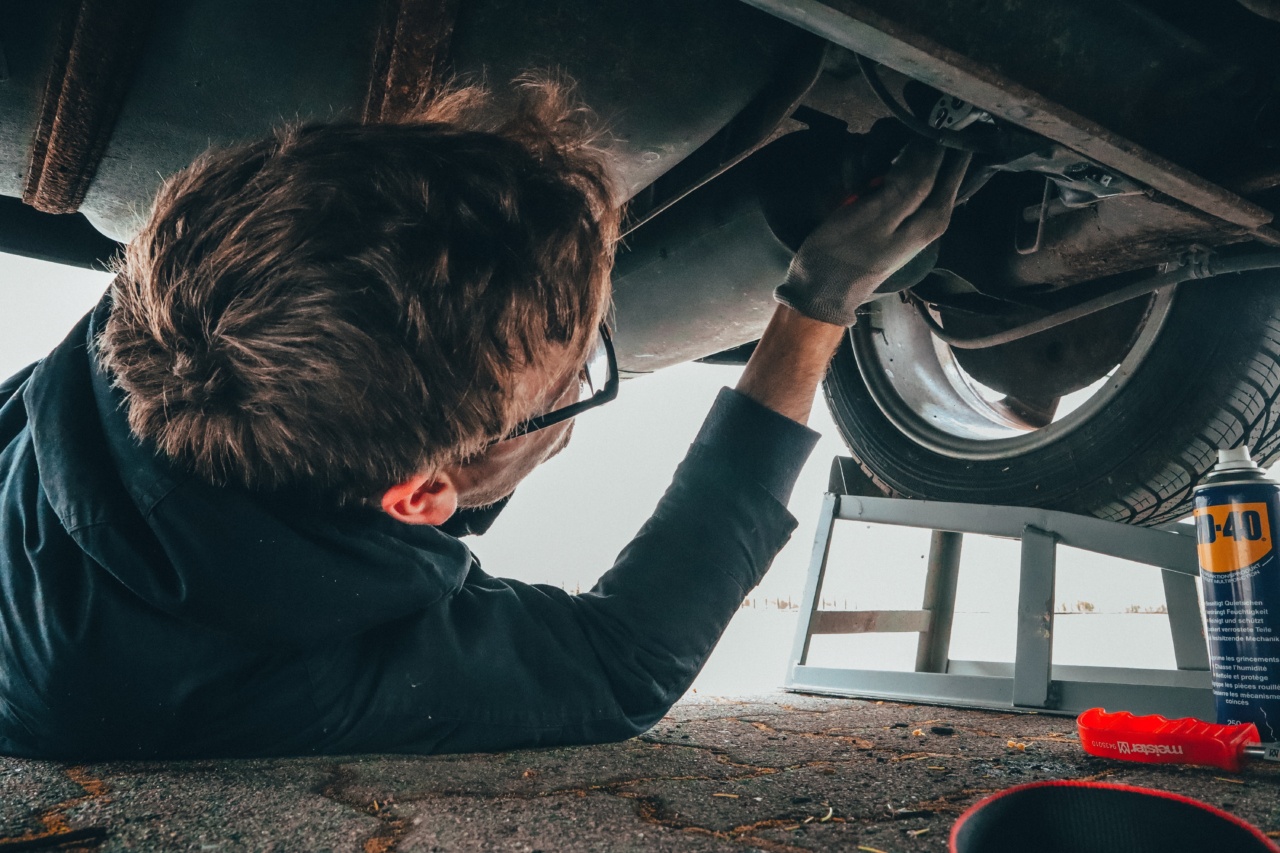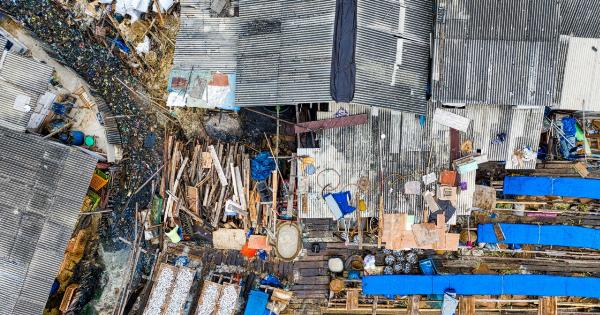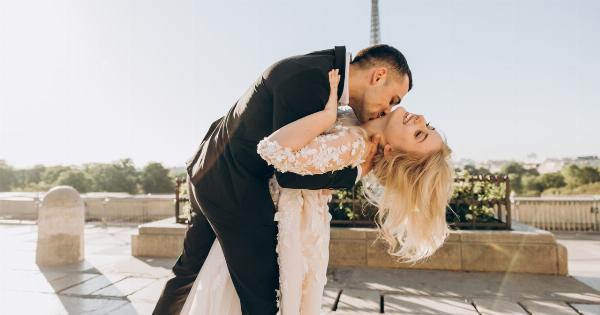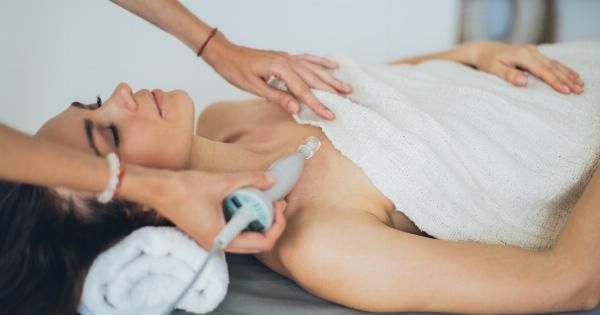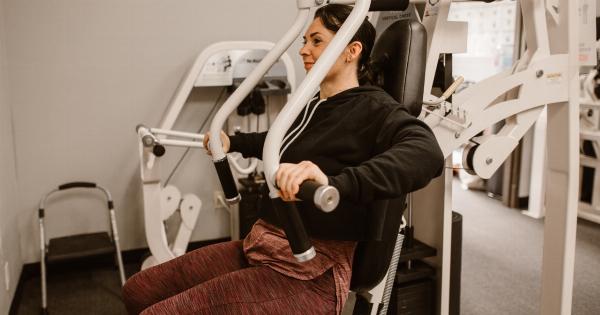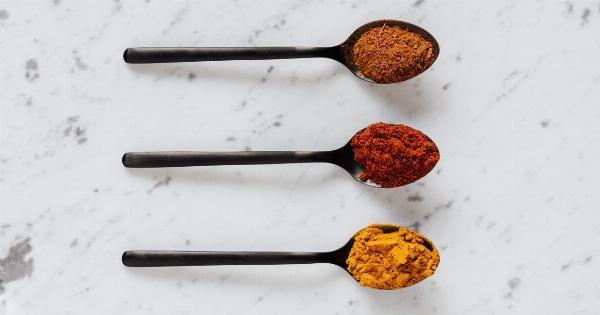Rhinoplasty, or nose reshaping surgery, is a highly popular cosmetic procedure for people looking to improve the appearance of their nose.
While it is generally a safe and effective procedure, sometimes things can go wrong and the results can be less than desirable.
What is a Botched Rhinoplasty?
A botched rhinoplasty is a nose job that has gone wrong. It can be due to a variety of reasons, such as an inexperienced surgeon, poor planning, or complications during the surgery.
Some common issues that may result from a botched rhinoplasty include:.
- Asymmetry
- Nasal collapse
- Nasal obstruction
- Excessive scarring
- Poor aesthetic outcome
What Are Your Options For Repairing a Botched Rhinoplasty?
If you have undergone a botched rhinoplasty, there are a number of options available to you to try and rectify the situation. Here are some options to consider:.
Revision Rhinoplasty
Revision rhinoplasty is the most common method for repairing a botched nose job. This procedure involves reworking the previous surgery in order to correct any issues or complications that may have arisen.
Revision rhinoplasty can be challenging as the surgeon has to deal with scar tissue and other changes caused by the previous surgery. It often requires a highly skilled and experienced surgeon who specializes in revision rhinoplasty procedures.
Non-Surgical Procedures
If you are not keen on undergoing another surgery, non-surgical procedures such as fillers or Botox injections may be an option. These can help to correct minor issues such as asymmetry or bumps on the nose.
While non-surgical treatments can produce temporary improvements, they are not permanent and will need to be repeated over time. They also cannot correct more severe issues such as breathing difficulties or significant deformities.
Wait and See
In some cases, it may be best to take a “wait and see” approach. This involves allowing your nose to heal on its own and then reassessing the situation after several months.
Depending on the extent of the damage, your nose may improve over time without requiring any further intervention.
Choosing a Surgeon for Revision Rhinoplasty
If you have decided to undergo revision rhinoplasty, it’s important to choose the right surgeon. Here are some tips to help you select the right surgeon:.
Experience and Expertise
Select a surgeon who specializes in revision rhinoplasty and has extensive experience in performing the procedure. Look at before-and-after photos or ask to speak to previous patients to get a sense of their experience and the results they achieved.
Board Certification
Choose a surgeon who is board certified in plastic surgery or facial plastic surgery. Board certification ensures that the surgeon has undergone rigorous training and meets high standards of medical practice.
Communication and Listening Skills
Choose a surgeon who listens to your concerns and takes the time to understand your goals and expectations. A good surgeon will be able to explain the procedure in detail and answer any questions you might have.
The Revision Rhinoplasty Procedure
The revision rhinoplasty procedure is similar to a primary rhinoplasty, but there are some key differences due to the fact that the nose has already been operated on. Here are some key things to know about the procedure:.
Pre-Operative Consultation
Prior to the surgery, you will meet with your surgeon to discuss your goals and any issues or concerns you may have. Your surgeon will also evaluate the condition of your nose and develop a surgical plan based on your needs and goals.
Surgical Technique
The surgical technique used in revision rhinoplasty will depend on the problems being addressed. The surgeon may need to remove or add tissue, reshape the cartilage, or reposition the bone.
In order to obtain the best possible results, the surgeon may use an open rhinoplasty technique, which involves making a small incision on the outside of the nose.
This allows for better access to the internal structures of the nose and greater precision during the procedure.
Recovery Time
The recovery time for revision rhinoplasty is typically longer than for primary rhinoplasty due to the fact that the nose has already undergone surgery.
You may experience more swelling and bruising, and it may take longer for the final results to be visible. You will need to take time off work and avoid strenuous exercise and other activities for several weeks.
Risks and Complications of Revision Rhinoplasty
Revision rhinoplasty is a complex procedure and, like any surgery, comes with risks and potential complications. These risks include:.
- Excessive bleeding
- Infection
- Anesthesia complications
- Scarring
- Unsatisfactory aesthetic outcome
Conclusion
While a botched rhinoplasty can be a difficult and disheartening experience, there are options available to help correct the problems.
Revision rhinoplasty is the most common method for repairing a botched nose job, but there are other options such as non-surgical procedures or a “wait and see” approach. If you do decide to undergo revision rhinoplasty, it’s important to choose a highly experienced and qualified surgeon who specializes in the procedure and who will take the time to listen to you and understand your goals.
